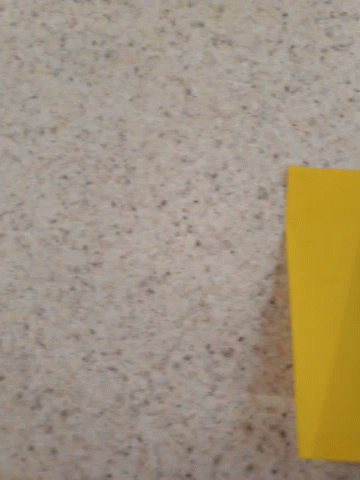
題目敘述
題目會給定一個字串s,裡面都是由() [] {}打散交錯而成。
問我們給定的輸入字串s裡面,最長的合法括弧配對字串長度是多少?例如 s = "()()" ,最長的合法括弧配對字串長度為4
測試範例
Example 1:
Input: s = "(()"
Output: 2
Explanation: The longest valid parentheses substring is "()".
Example 2:
Input: s = ")()())"
Output: 4
Explanation: The longest valid parentheses substring is "()()".
Example 3:
Input: s = ""
Output: 0
約束條件
Constraints:
0 <= s.length <= 3 * 104s[i]is'(', or')'.
演算法
這題也可以用到前面學過的stack配對模型的模板來實作。
stack底端先push一個-1進去,作為索引哨兵,duumy guard
每次遇到左括號,就推入當下的索引。
每次遇到右括號,就先pop出stack頂端的元素。
假如stack已經空了,代表不匹配,就補推入當下的索引。
假如stack不為空,代表匹配之前的左括號,就計算當下的合法括弧配對字串長度 = 當下索引 - stack頂端的索引。假如比之前的合法括弧配對字串長度還長,就更新過去。
程式碼
class Solution:
def longestValidParentheses(self, s: str) -> int:
# stack, used to record index of parenthesis
# initialized to -1 as dummy head for valid parentheses length computation
stack = [-1]
max_length = 0
# linear scan each index and character in input string s
for cur_idx, char in enumerate(s):
if char == '(':
# push when current char is (
stack.append( cur_idx )
else:
# pop when current char is )
stack.pop()
if not stack:
# stack is empty, push current index into stack
stack.append( cur_idx )
else:
# stack is non-empty, update maximal valid parentheses length
max_length = max(max_length, cur_idx - stack[-1])
return max_length
複雜度分析
時間複雜度: O( n )
從頭到尾,每個字元檢查過一遍。
空間複雜度: O( n )
需要一個stack,stack耗用空間最多和字串長度一樣長。
關鍵知識點
在於理解並且活用stack 先進後出FILO的特質,來實作括號配對。
記得回去複習 合法括號配對這題,主要的原理是相通的。
Reference:
[1] Python/C++/Go O(n) by stack [w/ Comment] - Longest Valid Parentheses - LeetCode


















